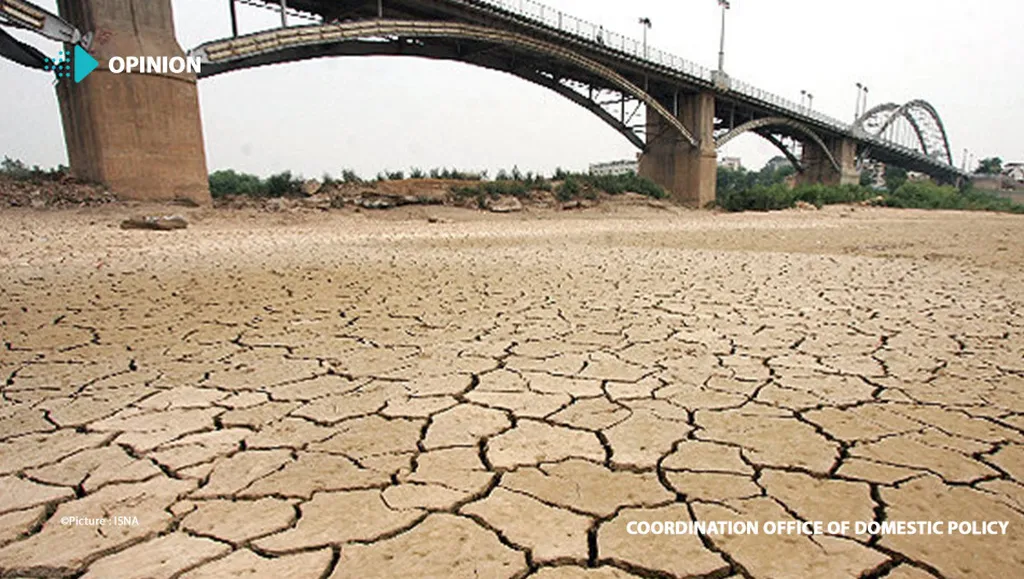In the arid landscapes of Khuzestan Province, Iran, a pressing water scarcity crisis is unfolding, despite the region’s seemingly abundant water resources. As surface water supplies dwindle, a new study published in the *Journal of Groundwater Science and Engineering* (in Persian: *مجله علمی پژوهشی علوم و مهندسی آبهای زیرزمینی*) offers a glimmer of hope, pointing to groundwater as a potential lifeline. The research, led by Marsa Bahiraie from the Physical Geography Department at the University of Tehran, sheds light on the province’s groundwater availability and quality, providing crucial insights for future water management strategies.
Khuzestan Province, a critical hub for Iran’s energy sector, faces significant commercial impacts due to water scarcity. The region’s oil and gas industries, along with its agricultural activities, are heavily reliant on water resources. As surface water supplies become increasingly unreliable, the pressure on groundwater reserves grows. “Understanding the current state of groundwater resources is essential for developing sustainable water management practices,” Bahiraie emphasizes.
The study, which analyzed data from 204 exploration wells and 70 piezometric wells across 19 aquifers between 2008 and 2018, revealed a mixed picture. While 53% of aquifers in the eastern and northeastern regions showed declining groundwater levels, other areas presented more promising opportunities. Hydrochemical assessments indicated varying water quality, with low concentrations of major ions in the northeastern regions and higher levels from the central region towards the southeast. These variations were attributed to a combination of agricultural and industrial activities, seawater intrusion, and geological factors.
One of the study’s key findings was the identification of the Ca-Cl type as the dominant hydrochemical facies. This information is crucial for understanding the water’s suitability for different uses. The research also classified water quality, revealing that 48% of groundwater samples fell within the C4S4-C4S1 category, primarily in the western, central, and southern regions. Meanwhile, 27% were classified as C3S2, C3S1, and 25% as C2S1, mainly in the northern and eastern regions.
The Irrigation Water Quality (IWQ) index indicated that many samples were suitable for irrigation, a critical factor for the region’s agricultural sector. Additionally, the analysis showed that potable groundwater was primarily found in the northern, northeastern, and eastern aquifers, with quality declining toward the south.
For the energy sector, these findings are particularly significant. As water scarcity continues to pose challenges, the ability to tap into sustainable groundwater resources could mitigate future crises. “Certain aquifers in the northern and eastern regions offer greater potential for sustainable groundwater exploitation during water shortages,” Bahiraie notes. This insight could guide the development of more resilient water management strategies, ensuring that the energy sector can continue to operate effectively despite water scarcity challenges.
The study’s findings also highlight the importance of effective land and water management practices. By implementing targeted strategies, policymakers and industry leaders can work together to safeguard Khuzestan Province’s water resources. As the region grapples with the impacts of climate change and increasing water demand, this research provides a valuable roadmap for navigating the complexities of water scarcity.
In the broader context, this research underscores the need for continued investment in groundwater studies. As water scarcity becomes an increasingly global challenge, understanding the availability and quality of groundwater resources will be crucial for developing sustainable solutions. The insights gained from this study not only inform local water management practices but also contribute to the global conversation on water security.
As the energy sector in Khuzestan Province faces the dual challenges of water scarcity and commercial pressures, the findings of this study offer a beacon of hope. By leveraging the potential of groundwater resources, the region can build a more resilient future, ensuring that its vital industries can thrive despite the challenges posed by water scarcity.

